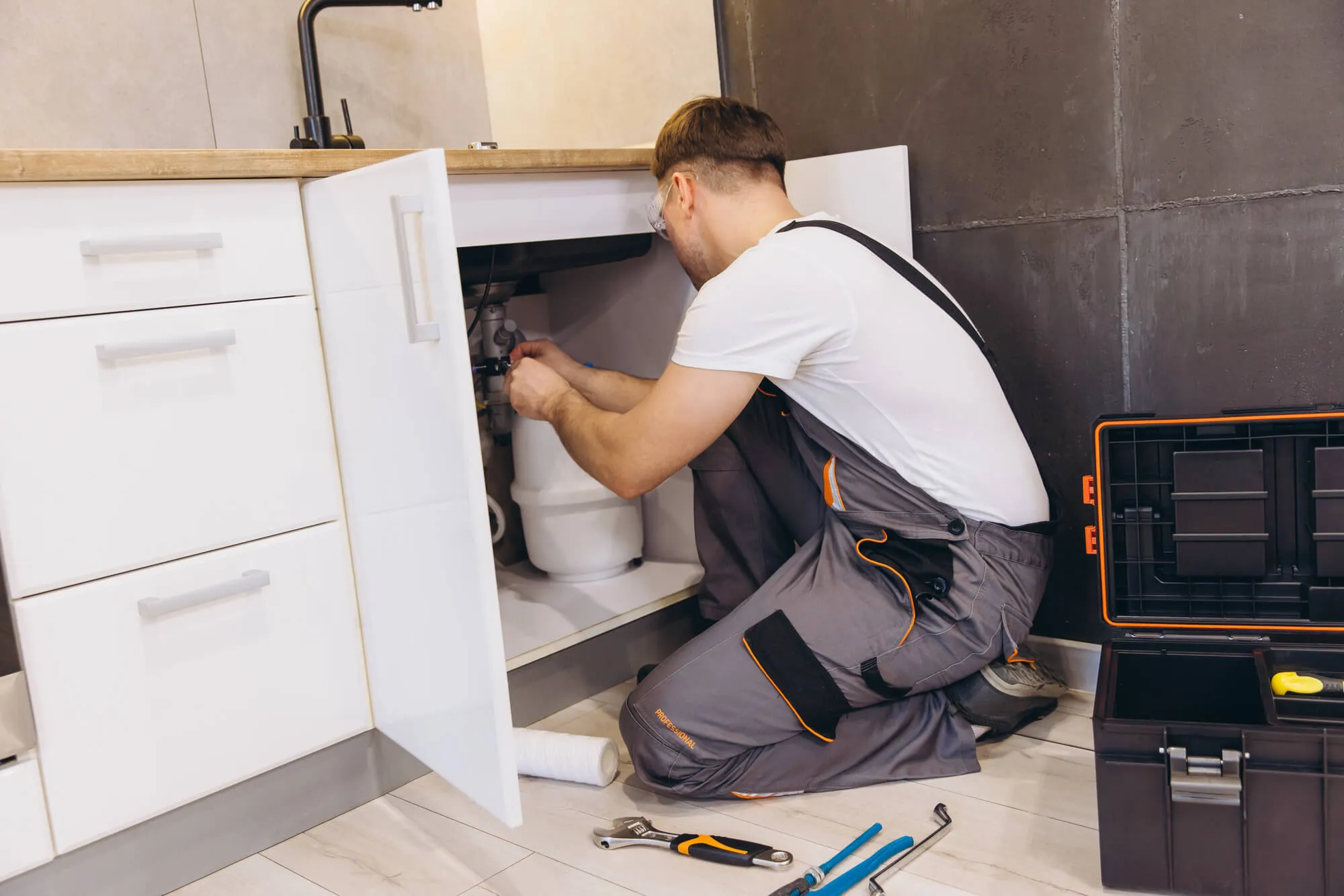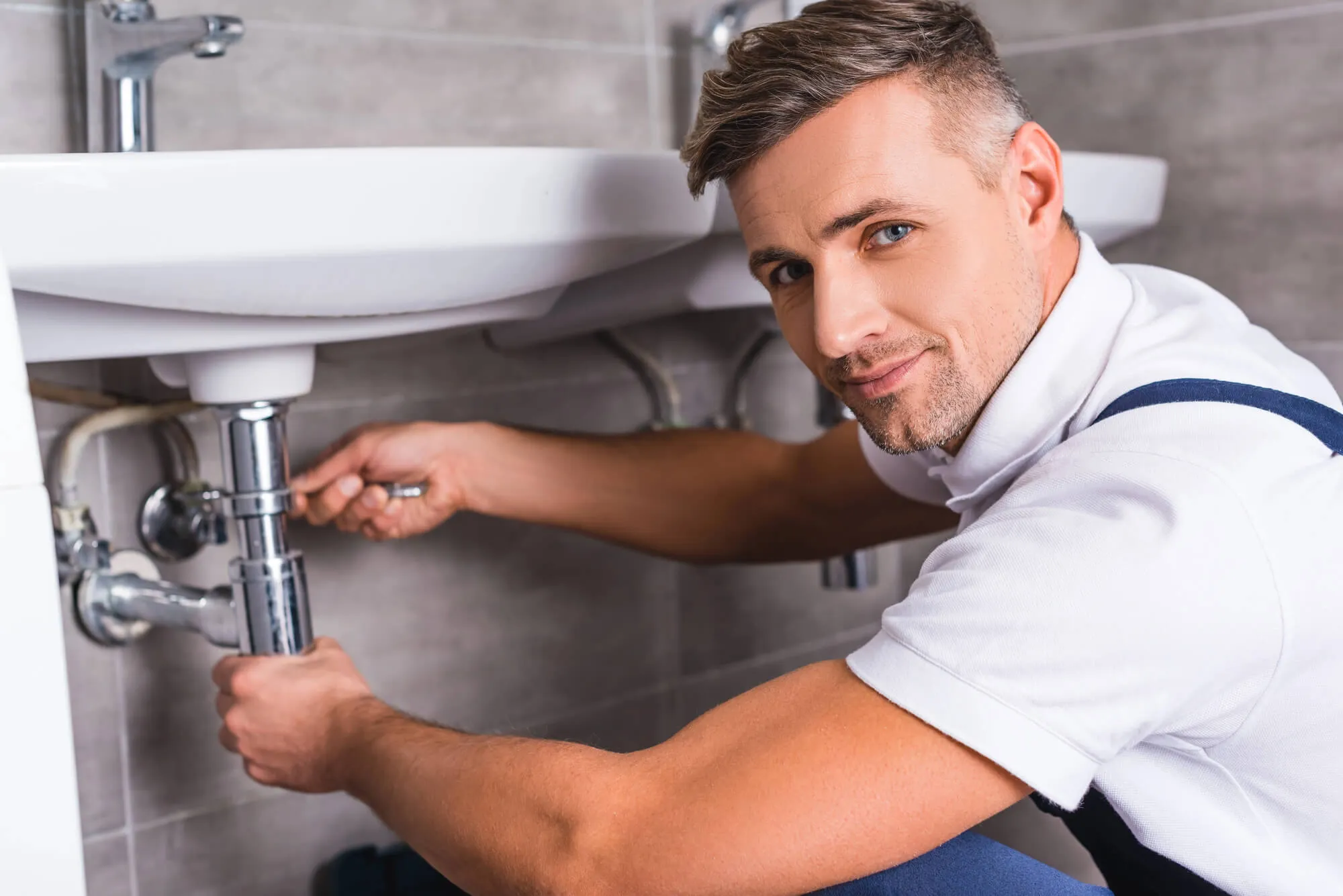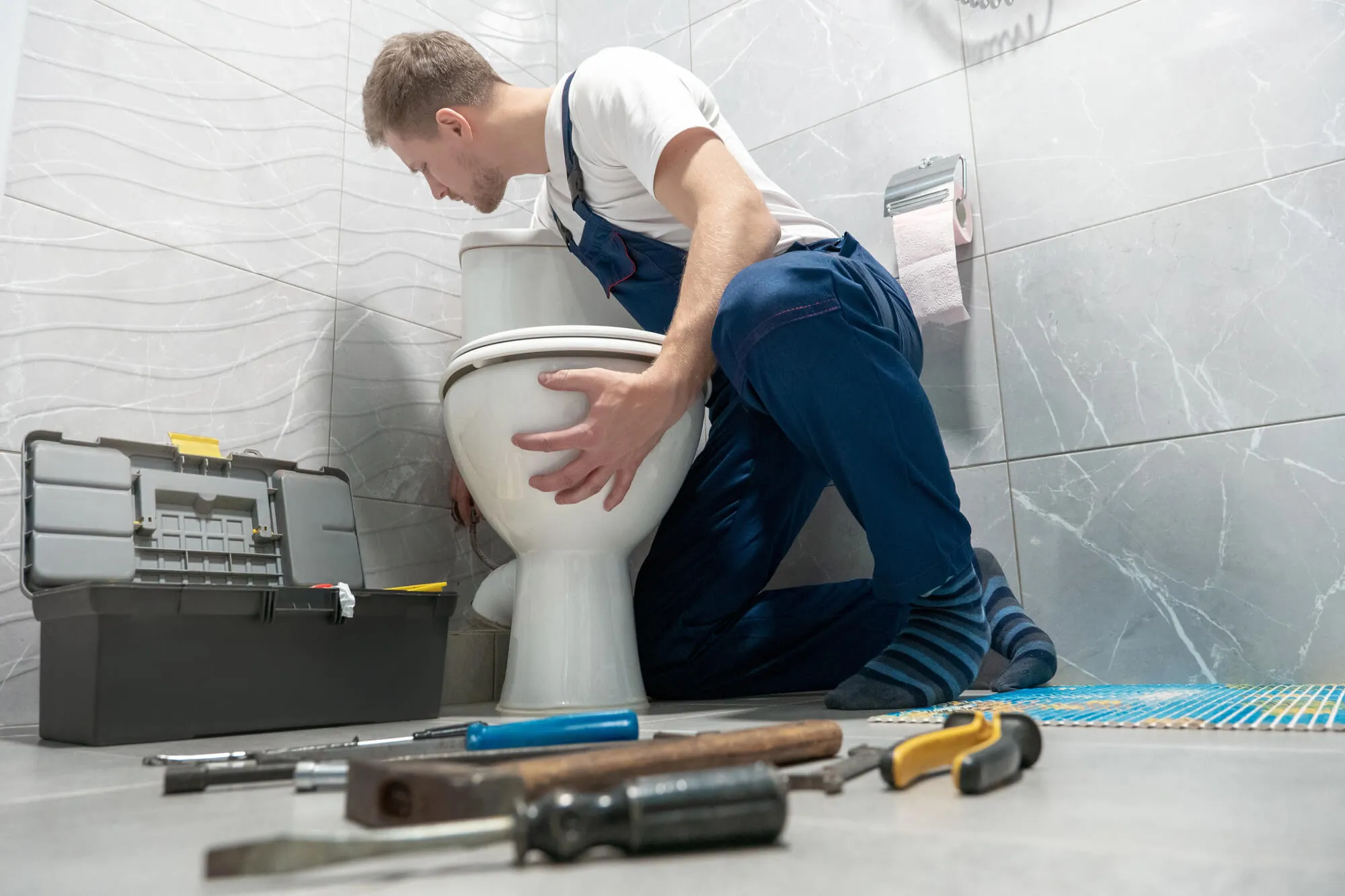Clogged drains rarely begin with a major backup. Most issues start quietly, as water drains a little slower or you notice unusual sounds coming from the sink. As buildup grows inside the pipes, simple fixes stop working, and the problem becomes harder to ignore. Many homeowners turn to plungers or store-bought cleaners, only to have the clog return. At that point, the system needs more than a surface-level solution.
If you’re dealing with recurring drain issues and searching for a reliable plumber in Deer Valley, understanding the difference between snaking and hydro jetting can help you choose the right approach for your home.

What Snaking Is and How It Works
The Basics of Snaking
Snaking is one of the oldest and most widely used methods for drain cleaning. It relies on a long, flexible cable known as an auger, which is inserted into the drain to break through or pull out a blockage.
The cable features a coiled or hook-shaped tip, designed to latch onto debris or push through it, allowing water to flow freely again. As the auger turns, it grinds, twists, or captures the clog, helping to restore flow without the need for invasive work.
Plumbers use different types of snakes depending on the depth and severity of the clog. A simple hand-cranked snake is suitable for shallow or routine blockages, while motorized augers are used for tougher clogs that are deeper inside the line. Because the tool can bend and maneuver through pipes, it allows plumbers to reach areas where clogs commonly form, such as P-traps, elbows, and tight corners.
When Snaking Works Best
Snaking is ideal for handling everyday clogs, including:
- Soap scum collecting near the trap
- Food scraps trapped in kitchen pipes
- Small objects lodged near the drain opening
- Early grease buildup that has not fully hardened
For these types of blockages, snaking usually restores drainage quickly and provides a reliable first step toward clearing the line.
Benefits of Snaking
Snaking remains popular because it offers several key benefits:
- It is cost-effective
- It removes surface-level clogs quickly
- It works well on older plumbing that may be too fragile for high-pressure methods
- It carries minimal risk of pipe damage
- It is suitable for most household drains
For simple blockages, snaking is often all that is needed to restore normal flow.
Limitations of Snaking
Even though snaking is helpful, it does not clean the entire pipe. Instead, it creates a pathway through the blockage, leaving residue behind. This remaining buildup can accumulate again, leading to recurring clogs. In some cases, snaking may push grease or sludge deeper into the system rather than remove it. When clogs return repeatedly, it often means the issue is deeper in the line or requires a more thorough cleaning method.
What Hydro Jetting Is and How It Works
The Power Behind Hydro Jetting
Hydro jetting is a more advanced drain cleaning method that utilizes high-pressure water to thoroughly clean pipes. A special nozzle releases streams of pressurized water in multiple directions, clearing debris from every angle.
Unlike snaking, which breaks through the clog, hydro jetting removes all buildup from the inside walls of the pipe. This helps restore flow to nearly its original capacity and significantly reduces the likelihood of future blockages.
What Hydro Jetting Can Remove
This method excels at removing stubborn materials such as:
- Thick grease and kitchen fat buildup
- Mineral scale caused by hard water
- Dense soap residue
- Sludge that has formed deep inside the line
- Tree roots invading sewer pipes
- Long-term debris that snaking cannot fully reach
Hydro jetting is powerful enough to clear main sewer lines and heavy blockages that have been developing for years.
Benefits of Hydro Jetting
Hydro jetting is a long-term solution with several important benefits:
- It completely clears pipe walls, not just the clog
- It removes bacteria that cause foul drain odors
- It restores full water flow throughout the entire pipe
- It prevents recurring blockages
- It reduces the need for frequent plumbing service
- It uses only water, making it environmentally safe
This method is often recommended for homes with frequent drain issues.
When Hydro Jetting Isn’t the Right Choice
Because hydro jetting uses high-pressure water, it may not be safe for very old, fragile, or heavily corroded pipes. A professional usually performs a camera inspection first to check the condition of the plumbing.
Hydro jetting also requires specialized equipment and training, so it typically costs more than snaking. However, the long-term benefits often outweigh the upfront cost.

Key Differences Between Snaking and Hydro Jetting
Cleaning Depth
Snaking breaks through a clog, while hydro jetting cleans the entire pipe. This is the main difference and the reason hydro jetting lasts longer. Snaking restores flow but leaves residue along the pipe walls. Hydro jetting removes that residue completely, giving the drain a more thorough reset.
Effectiveness on Different Materials
Snaking handles hair, paper, and small obstructions. Hydro jetting removes heavy, sticky, or long-term buildup. Snaking is effective for localized blockages, especially near the drain opening. Hydro jetting works better for deep clogs that have developed over years of use.
Long-Term Prevention
Because snaking does not remove residue, clogs may return. Hydro jetting removes buildup completely, preventing repeat issues. Snaking provides temporary relief but may require follow-up visits. Hydro jetting offers a longer window of clear, unrestricted water flow.
Cost Comparison
Snaking is more affordable upfront. Hydro jetting costs more initially but may save money by preventing future clogs. Snaking is often used as the first step due to its low cost. Hydro jetting becomes the better investment when a home experiences frequent or severe blockages.
Impact on Older Plumbing
Older, brittle pipes handle snaking better. Hydro jetting is best for strong, stable pipes. Snaking keeps pressure low, which protects fragile plumbing systems from damage. Hydro jetting is reserved for pipes that can safely withstand high-pressure water flow.
Which Method Fits Your Home’s Needs?
Bathroom Drains
Most bathroom clogs come from hair and soap residue. Snaking works well here, but if the clogs keep returning, hydro jetting removes deeper buildup.
Kitchen Drains
Kitchen pipes often suffer from grease buildup. Snaking may break through it, but hydro jetting clears grease that has hardened along the pipe walls.
Laundry Drains
Laundry lines collect detergent buildup, lint, and fabric fibers. Hydro jetting removes the sticky residue that causes recurring clogs.
Sewer Lines
Tree roots, soil shifts, and years of buildup make hydro jetting the preferred method for cleaning deep sewer lines.
Safety Considerations
Snaking Safety
Snaking is gentle on pipes and safe for nearly all plumbing systems. When used correctly, it poses minimal risk.
Hydro Jetting Safety
Hydro jetting requires skill and a careful assessment of the pipe condition. A professional ensures that pressure levels are safe for your plumbing system.
How Plumbers Decide Which Method to Use
Camera Inspection
Before choosing between snaking and hydro jetting, professionals often begin with a camera inspection. A small, waterproof camera is fed into the drain line to show exactly what is happening inside the pipe. This allows the plumber to identify the cause of the blockage, locate the clog, and determine whether any structural problems are present.
The inspection can reveal grease buildup, compacted debris, cracked pipe sections, corrosion, or even roots beginning to break through the line. With a clear picture of the pipe's condition, the plumber can recommend a method that is both safe and effective.
Severity of the Clog
Once the issue is identified, the next step is to determine the severity of the clog. Light blockages near the drain opening often respond well to snaking. However, if the plumber sees thick grease deposits, layers of scale, heavy sludge, or blockages deep within the sewer line, hydro jetting is usually the better choice. It provides a more complete clean and prevents the same clog from returning.
Type and Age of Pipes
The condition of your plumbing system also influences the decision. Older metal pipes or systems with signs of corrosion are usually treated more gently with snaking. Newer PVC pipes or well-maintained lines can often safely handle the pressure of hydro jetting. The goal is always to choose the method that clears the blockage while protecting the integrity of the pipes.
When Snaking Is the Better Option
Snaking is best when:
- Your plumbing is older or fragile
- The clog is near the drain opening
- You need a quick and inexpensive fix
- The blockage is minor and has not created a buildup deeper in the line
When Hydro Jetting Is the Better Option
Hydro jetting is ideal when:
- You experience recurring clogs
- Grease or sludge is the cause
- You have foul drain odors
- Your sewer line has root intrusion
- Snaking no longer restores flow
- You want a long-term solution

Need Expert Help From a Trusted Plumber in Deer Valley?
Clogged drains may look simple on the surface, but the right cleaning method depends on what’s happening inside your plumbing. Snaking is an effective option for smaller blockages, while hydro jetting provides a deeper and longer-lasting clean for heavier buildup. Understanding the difference helps you make the best choice for your home and prevents recurring issues that disrupt your day.
At Local Leaders Plumbing, we take the time to identify the root cause of your drain problems and select the safest, most effective solution for your home. Our team offers honest recommendations, dependable service, and long-term solutions that protect your plumbing system. If your drains are slowing down, backing up, or clogging more often than before, our licensed professionals are ready to help.
Reach out to Local Leaders Plumbing today for reliable snaking, hydro jetting, and drain cleaning services delivered with care and expertise.


